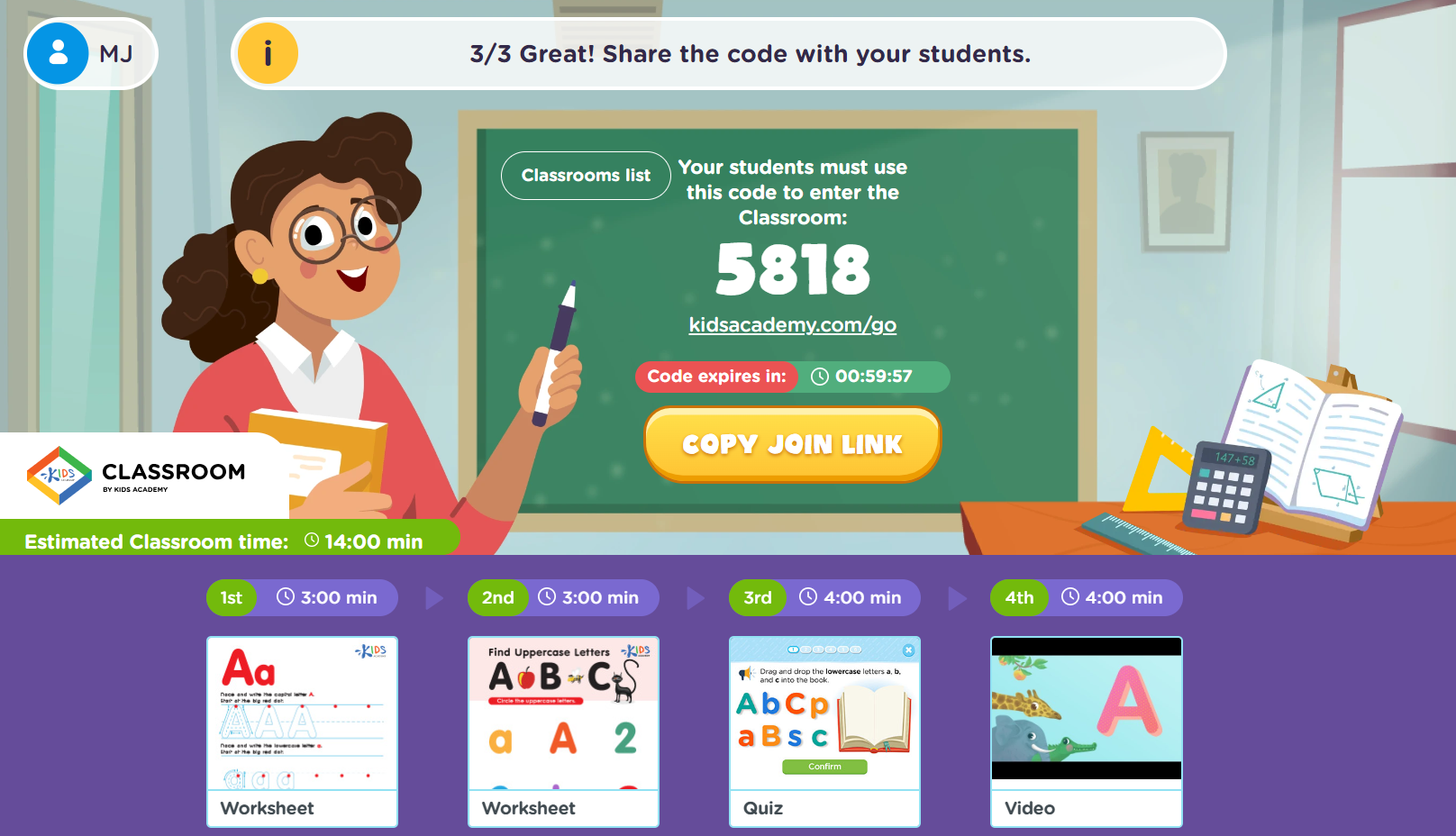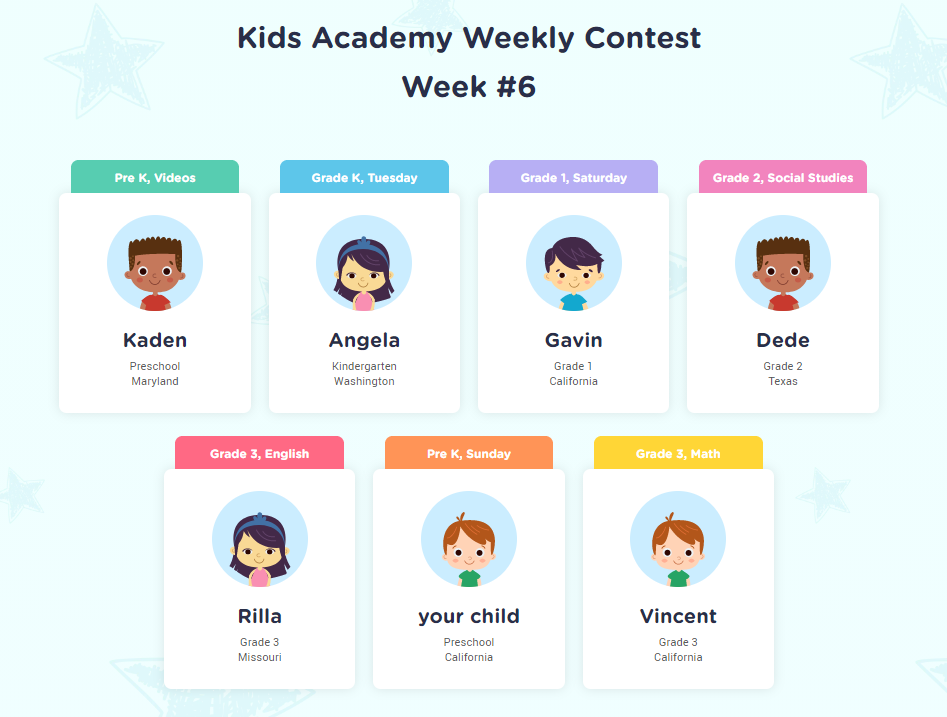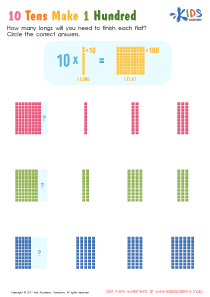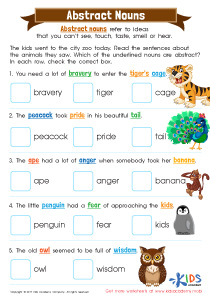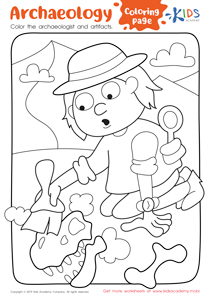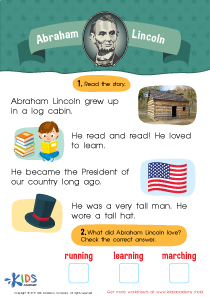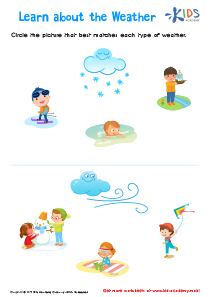Normal Phonics worksheets activities for 8-Year-Olds
3 filtered results
-
From - To
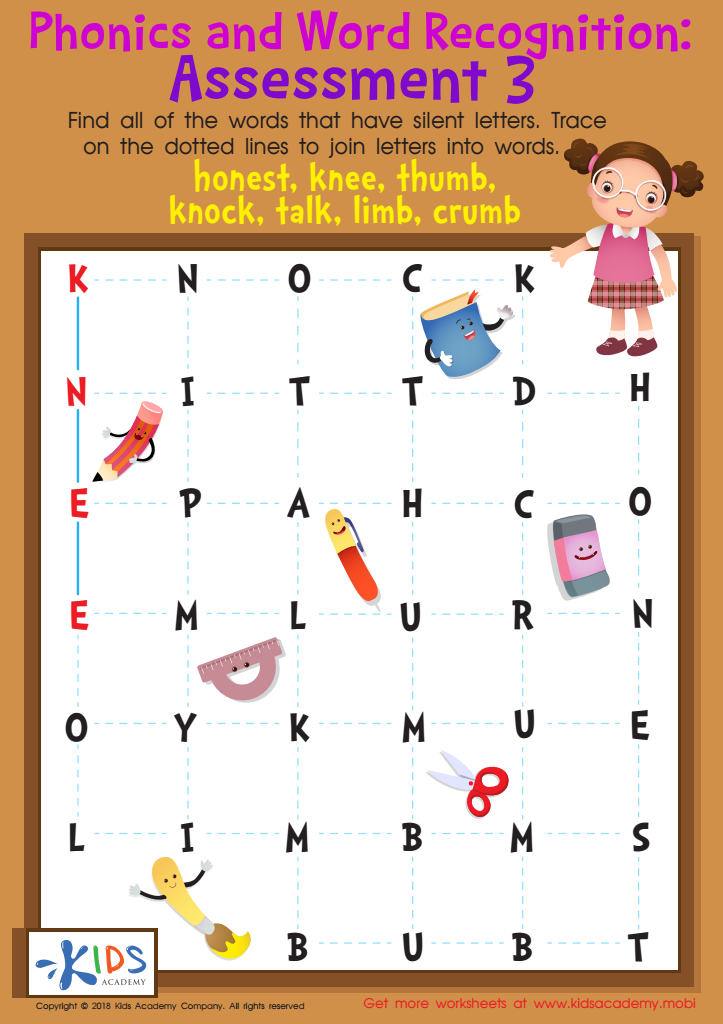

Phonics and Word Recognition: Assessment 3 Worksheet
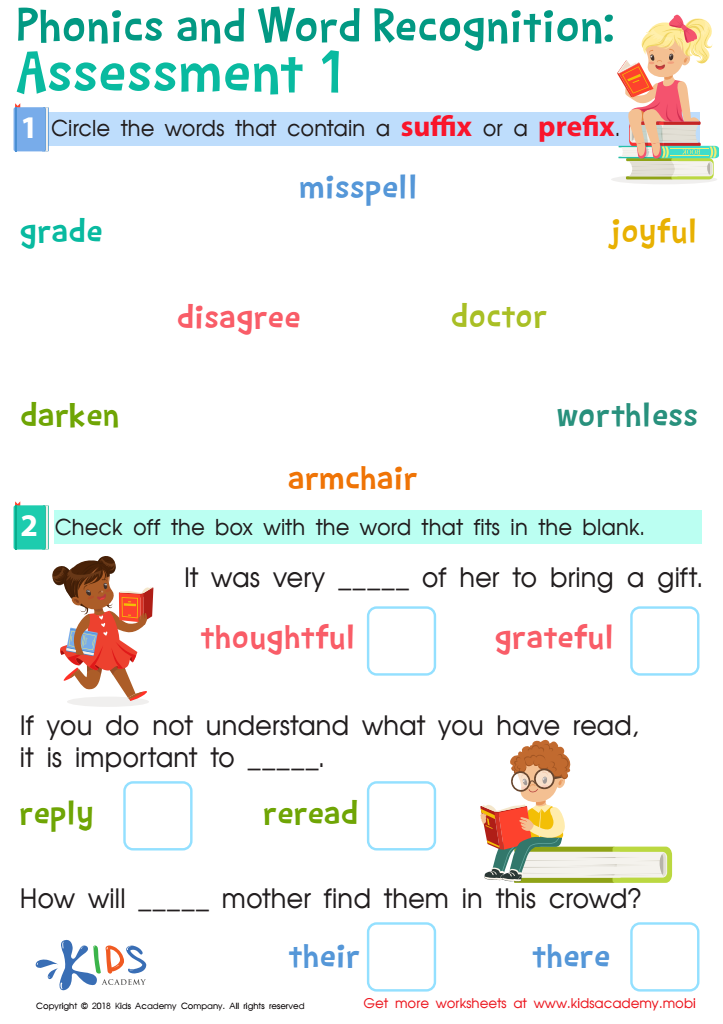

Phonics and Word Recognition: Assessment 1 Worksheet
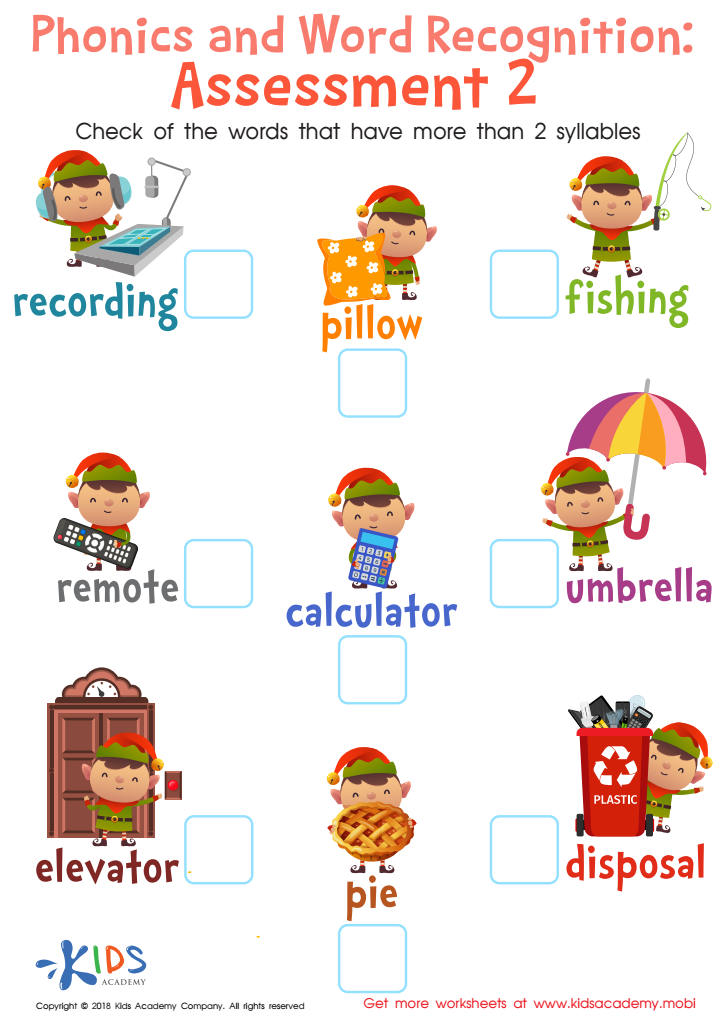

Phonics and Word Recognition: Assessment 2 Worksheet
Normal Phonics worksheets activities represent an essential tool in the foundational stage of reading and writing. These structured exercises not only facilitate a systematic approach to understanding the relationship between letters and sounds but also significantly enhance a learner's ability to decode words, which is critical for reading fluency and comprehension. Let's explore why Normal Phonics worksheets activities are particularly useful in the learning process.
Firstly, Normal Phonics worksheets activities are designed to reinforce the alphabetic principle, which is the understanding that letters and letter combinations represent sounds in spoken words. This understanding is crucial for beginners as it lays down the foundation for successful reading and spelling. Through repetitive and varied exercises, learners become familiar with phonetic patterns, which aids in the quick and accurate recognition of words.
Moreover, these activities cater to different learning styles. Whether a child learns best through visual, auditory, or kinesthetic means, Phonics worksheets can be adapted to meet these needs. They often include coloring, matching, and tracing exercises that make learning interactive and engaging for young readers. This multisensory approach ensures that all learners can benefit, regardless of their preferred learning modality.
Additionally, Normal Phonics worksheets activities provide a structured way for instructors to assess progress. They offer clear, measurable outcomes that can be used to identify a learner's strengths and areas for improvement. This makes it easier for educators to tailor instruction to meet the individual needs of each student, thereby enhancing the effectiveness of their teaching strategies.
In conclusion, Normal Phonics worksheets activities are an invaluable resource in the realm of literacy education. By systematically breaking down the complexities of the English language into manageable parts, these activities promote a deeper understanding of word structures, empowering learners with the skills they need to become proficient readers and writers.
 Assign to the classroom
Assign to the classroom
